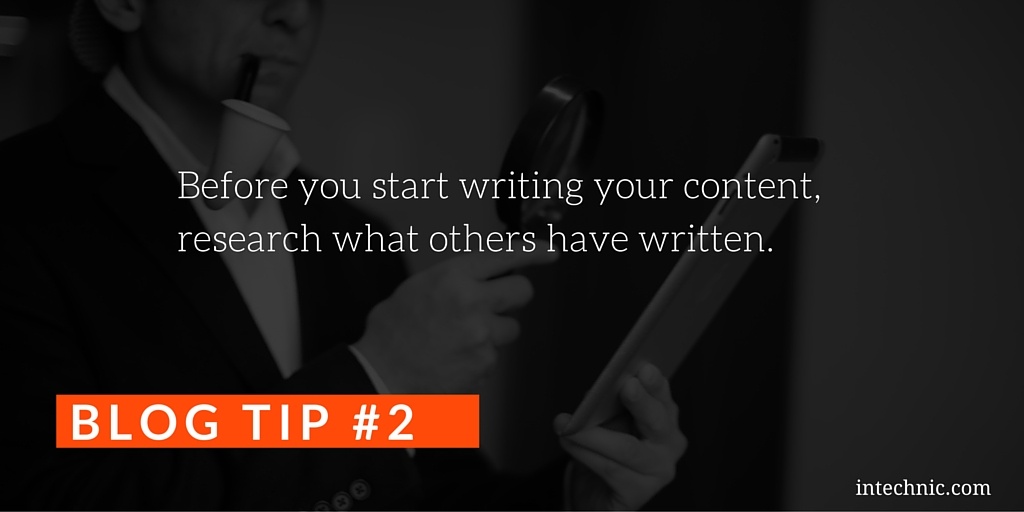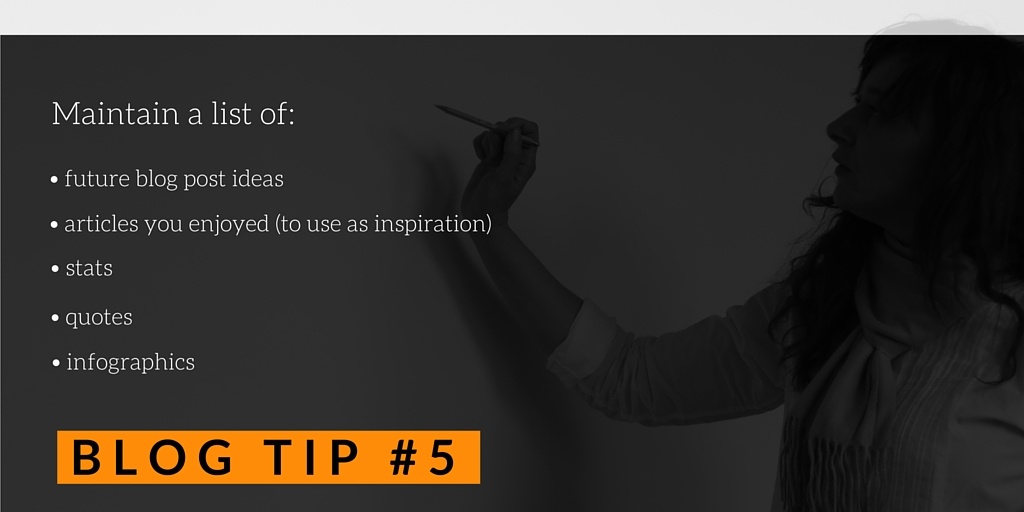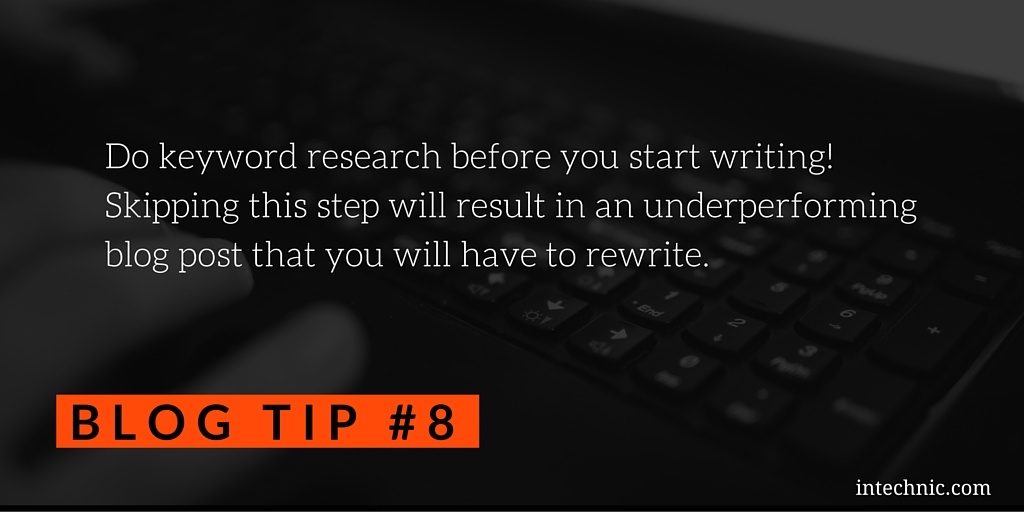 With all of the competition out there, creating a successful blog post is harder than ever. Here are ten proven ways to create effective blog content more easilytthat will do miracles for your marketing strategy:
With all of the competition out there, creating a successful blog post is harder than ever. Here are ten proven ways to create effective blog content more easilytthat will do miracles for your marketing strategy:
1. Listen to Your Customers
A sure way to come up with great ideas for your content is by listening to your customers. Your customers are asking questions and by developing content that answers these specific questions, you are essentially answering your customers directly. Pay attention to what your customers want to know and focus on addressing this subject matter. Customer-centric content will help attract new customers and delight existing ones.

2. Do Your Homework
The best blog content is always preceded by research. You should closely examine what others have written before embarking on your own content. Thorough research provides you with new ideas and gives you the opportunity to include subject matter you would have otherwise missed. A proven course of action is to read others' content and improve on it in your content. It is commonly referred to as content curation.

3. Make it Easy to Read
One of the key characteristics of effective blog posts is that they are easy to read and digest. Ensure that your content flows nicely, interject descriptive subtitles, insert quotes, and use bullet points or numbered lists. Subheadings and lists can help the reader quickly navigate to the desired information. Finally, keep your posts short. If a post runs too long, break it up into two separate articles or parts. Limit the length of your posts to 1,000 words.

4. Use Visuals
Renowned psychologist Albert Mehrabian demonstrated that a whopping 93% of communications are non-verbal. It is important to use visuals like diagrams, schematics, infographics, and screenshots throughout your posts to support and expand on your information. According to Moz, videos may also be embedded into posts. Posts with videos get 267% more links than those without videos. Visuals are important because they help break up and support the information, and they provide "resting points" for the eyes when reading and absorbing an article. This is the reason it typically requires a lot less effort to read most magazines than the Wall Street Journal. Visuals make a huge difference in information presentation. Additionally, you should have a visual representation associated with each of your posts to attract attention and to help distinguish them visually. You can purchase quality stock photography at websites like istockphoto or Shutterstock for a couple of dollars per image. Ask your web developer for guidance with the types and style of images that will be original and will integrate well with the design of your website.

5. Maintain an Idea List
You may not have the resources and bandwidth to generate a lot of blog content in one writing session. You will get new ideas and suggestions along the way. You may see an article you enjoyed, or a conversation with a client or a colleague may give you an idea for the next post. Write all of them down. A continuously updated list of potential topics will ensure that you don't run out of ideas for your blog. 
6. Keep a Schedule
You need to maintain a schedule for posting content: daily, weekly, or monthly. Determine the frequency you want of blog posting, and adhere to that schedule. Plan new content accordingly so you are ready for each new posting date. Keep track of “red letter dates” for seasonal content.

7. Create Effective Titles
In order to get the most from your post, you have to treat titles as calls to action. No matter how great your post is, an ineffective title will prevent people from engaging. Effective titles are short, descriptive, witty, intriguing, and use the right keywords. Anyone's first encounter with your post would be looking at the title. The title needs to tell users what your post is about and compel them to click. Think about what people want to see when searching for information in your post.

8. Identify Keywords
Once great content is created, it will not fulfill its mission unless people can find it on the Web. This is why it’s essential to focus on the right keywords. Ask yourself, “How will people search for this content? Which keywords or phrases will they use?” Be sure that your content can be found organically by search engines. Keywords are especially important in your posts' titles.

9. Don't Plagiarize
Not only can plagiarism get you into legal trouble, it is unethical and can permanently tarnish your reputation. Always reference your sources, and never (I mean never) copy anything from someone else's blog, either text or images.

10. Measure Results
Recommendations in this chapter give you a good starting point, but every business and target audience is different. Something that works for one company may not work for you and vice versa. That's why it is very important to measure the performance of each of your posts individually. You can then focus your efforts on producing the type of content that delivers the best ROI.
Next post: 12 Tips for Writing Great Blog Posts